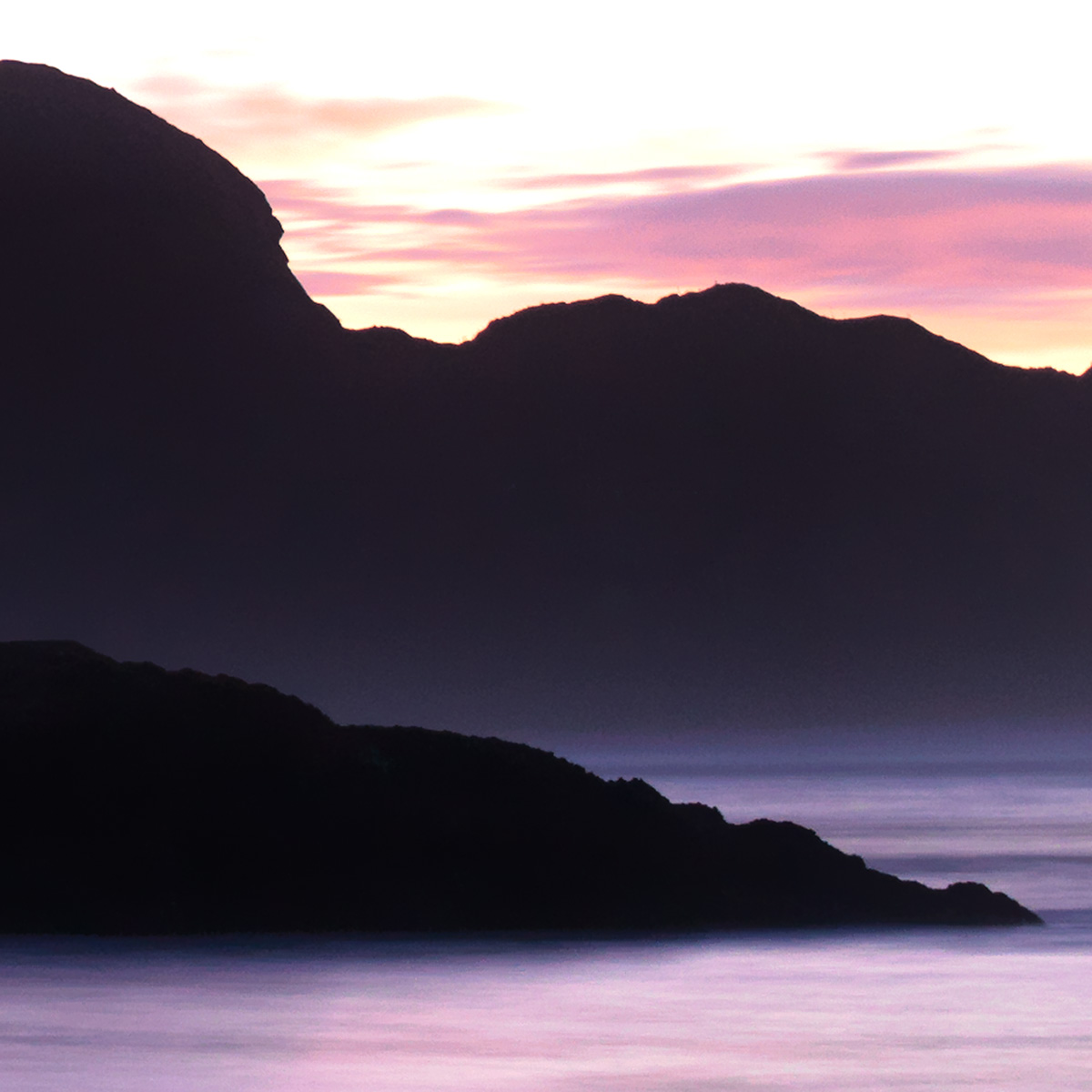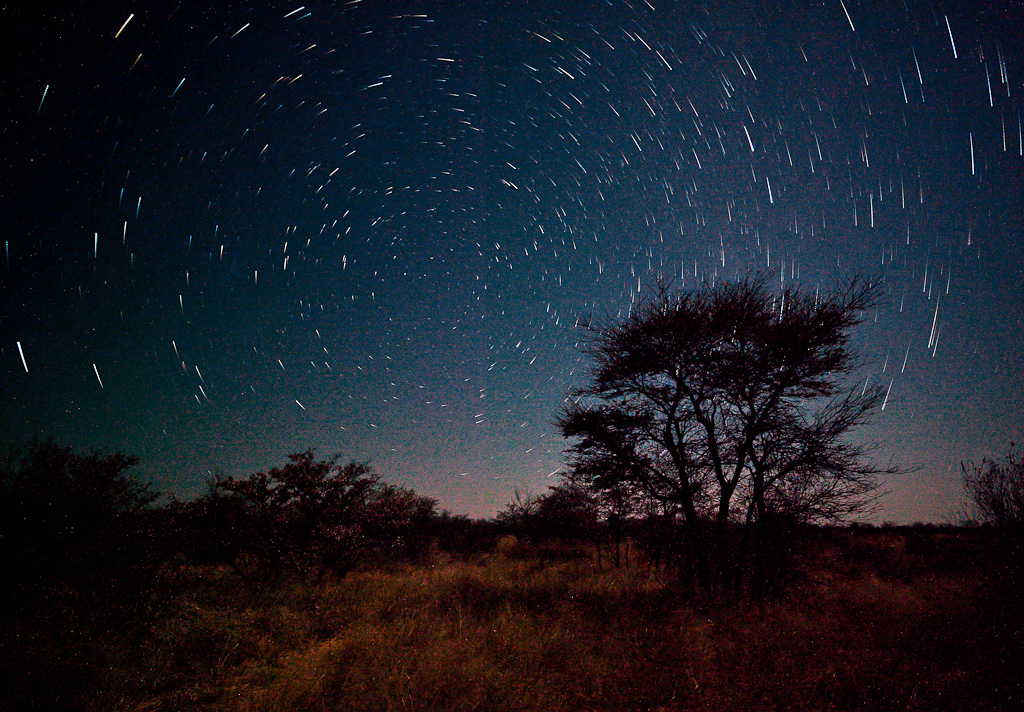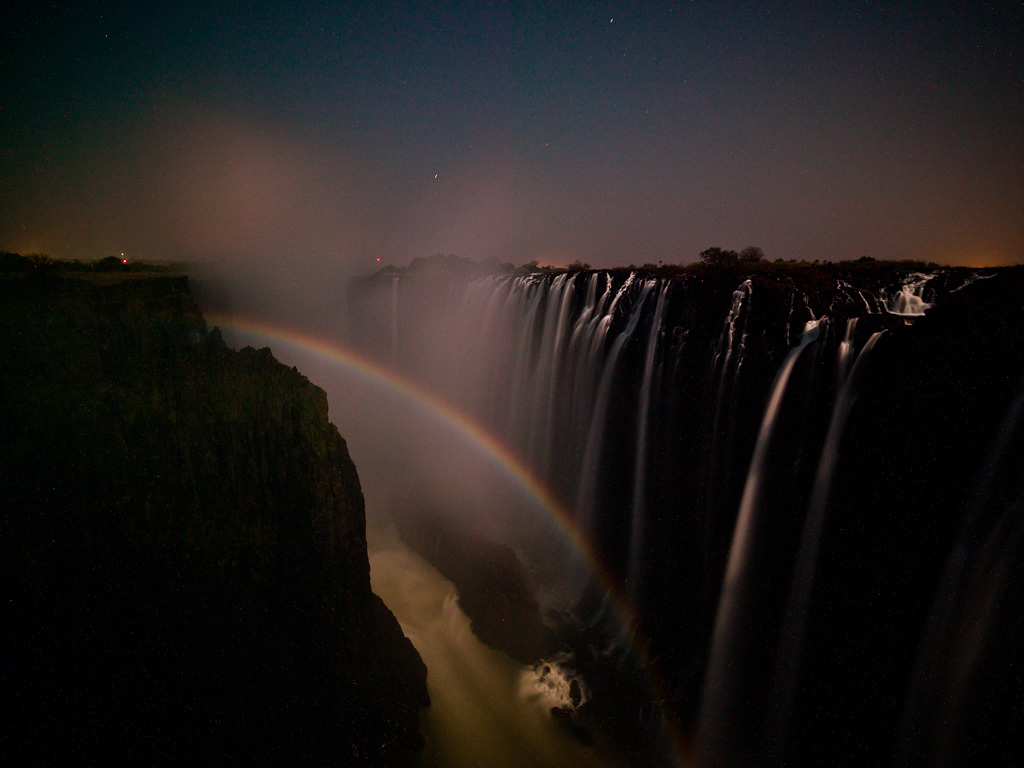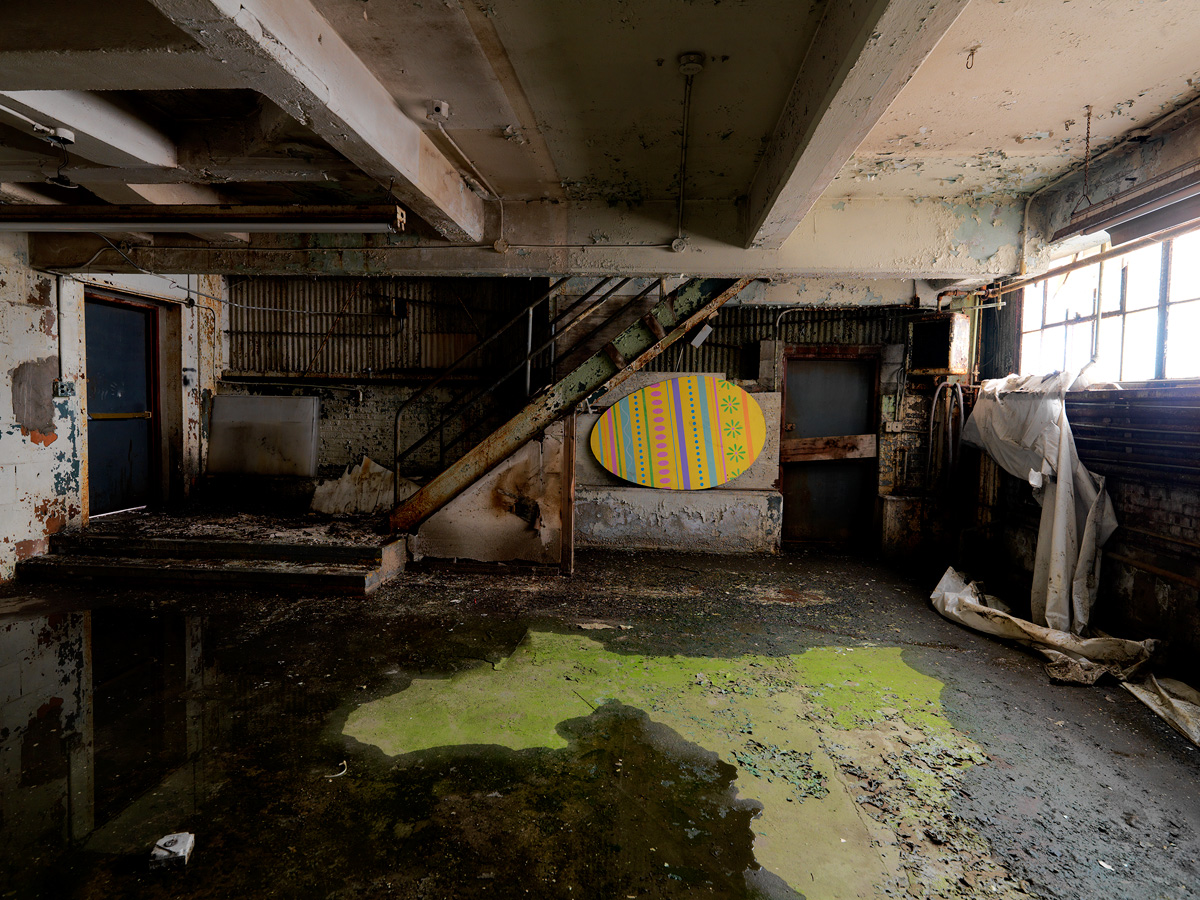Audii-Dudii
Active member
For many years, I loved landscapes and daylight long-exposure shots as well. Unfortunately, I no longer have the time to photograph landscapes or even during daylight hours, as my so-called "day" job usually keeps me busy late into the evening as well. (I joke about working half-days -- i.e. 12 hours -- but it's not far from the truth. Besides, it's not the long days that bother me so much as the fact that my workweek usually has six or seven of them.)Amazing, i love landscapes long exposure shots more than nightspots, i started photography with nightspots as my favorite, but not so long i changed it to landscapes without regret, but still shooting nightspots.
Anyway, photographing at night has been a revelation for me and I usually manage two or even three outings a week, whereas if I was to try to photograph during the day, I'd only be managing one or two outings a month at best.








